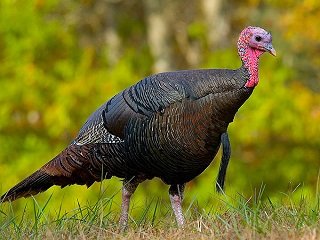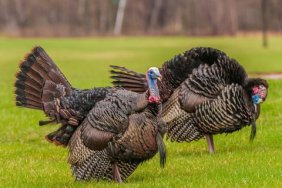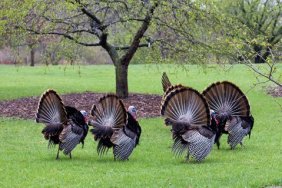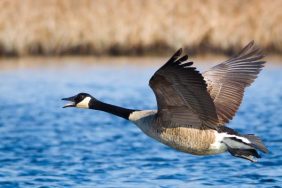Well, fall is in the air and that gets a lot of hunters very excited. I was lucky to shoot a nice tom this spring, but I know many hunters who did not. The nice thing about turkey hunting is that you get two chances a year—spring and all. Boy, I sure wish they did that for deer season.
But before you head out this fall, there are a couple of things you need to remember that make spring and fall hunts different. These differences might determine whether you have a wild bird or a store-bought bird on your table this Thanksgiving.
One of my favorite sounds of all is hearing a gobble in response to my yelp calls. You get a similar adrenaline rush to when you spot a good buck. Once you get that gobble, it’s a challenge to get that tom to come within range. Unfortunately, this doesn’t happen in the fall. Toms are a lot more shy and seem to be quite a bit less interested than they are in the spring. Typically, you are more likely to see younger jakes and hens.
Another difference is that as fall progresses, smaller flocks of birds will start merging into larger flocks. Sometimes you will be able to spot these bigger flocks more easily from a distance. While you won’t hear a lot of gobbling (usually how I find them in the spring), you will still hear a lot of noise in the forms of yelping, clucking, and chirping. In larger flocks, this becomes an easy way to find them.
Like most animals, turkeys spend a lot more time looking for food in the fall in order to fatten up for the cooler weather ahead. This means that tracking the birds will be another way to locate them. Turkey feed on acorns, seeds, and insects, and often you will see areas that are churned up. They are a lot like chickens and do a lot of scratching in areas where they feed.
Often they will roost nearby. Try getting to these spots and setting up either before they come down from their roost in the morning or right before dark before they fly up to their roost. I find that in the fall, I tend to do a lot more sitting and waiting (similar to deer) than in the spring. As the weather gets cooler, I have seen birds wait to fly down until after they sun themselves. Once I shot one when he came down at 8:30 am (very late for turkeys).
The best thing about fall turkey hunting is that you can shoot one of either sex. And while there’s nothing like getting a long bearded tom, there’s no comparison to the toughness factor as compared to a younger jake or hen. I have been sitting there calling spring gobblers and watched hens walk around in my decoys for an hour and I am unable to shoot them. Hens seem to be more curious also, so your odds of getting a bird in the fall are, in my opinion, twice as good.
Another thing I have never tried, but I have had friends who have had success, is to try and break up a big flock. They have a tendency to regroup as quickly as possible. Once you’ve split up the flock, you can take up a good vantage point and do a series of calls. Often you will get some birds to come in as they look for the rest of the flock.
Fall is a big time to hunt. Dove, quail, pheasant, and other bird hunting is open. There is also deer season to consider. It’s amazing to me at how few hunters hunt turkey in the fall. I think you have excellent chances of bagging a bird in the fall and you will probably have the place all to yourself.
Photo credit: Dreamstime
Turkeys
-
Turkey Files
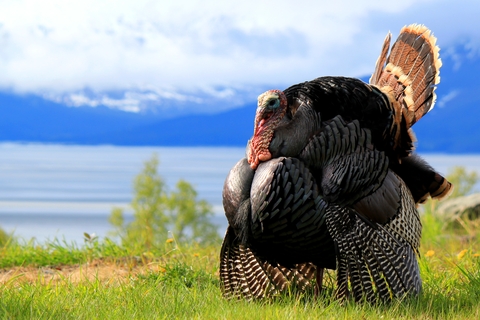
Photo credit: Dreamstime
-
Turkey Files
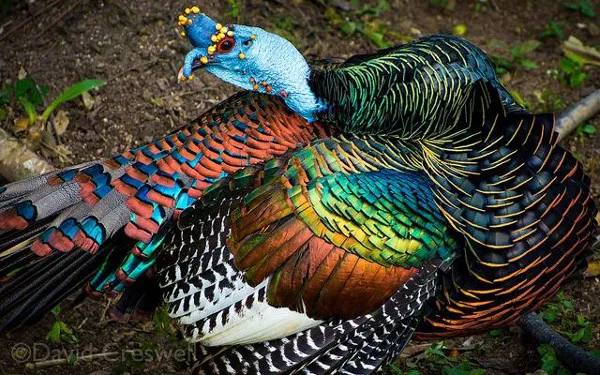
Photo credit: Wikimedia
-
Turkey Files

Photo credit: Dreamstime
-
Turkey Files
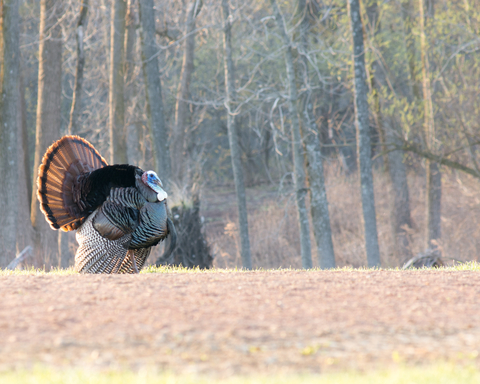
Photo credit: Dreamstime
-
Turkey Files
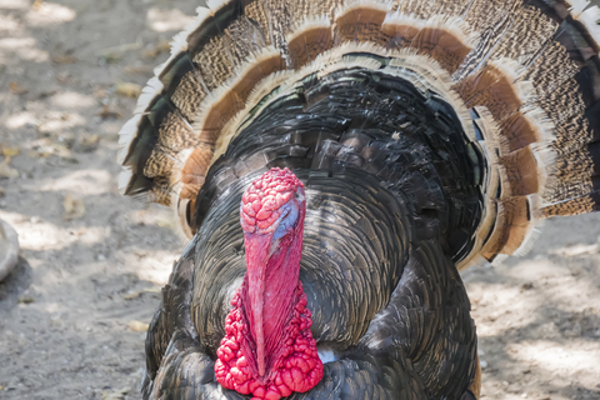
Photo credit: Dreamstime
-
Turkey Files
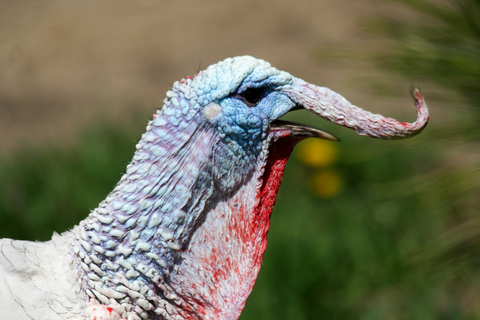
Photo credit: Dreamstime
-
Turkey Files
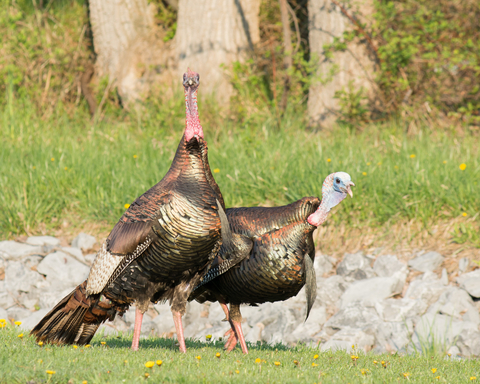
Photo credit: Dreamstime
-
Turkey Files
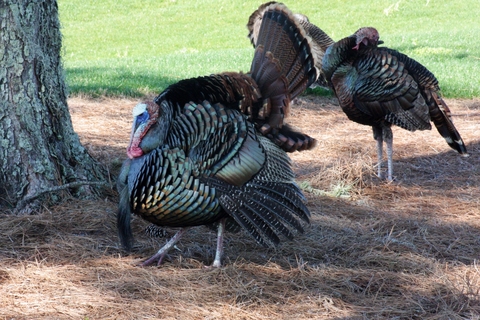
Photo credit: Dreamstime
-
Turkey Files
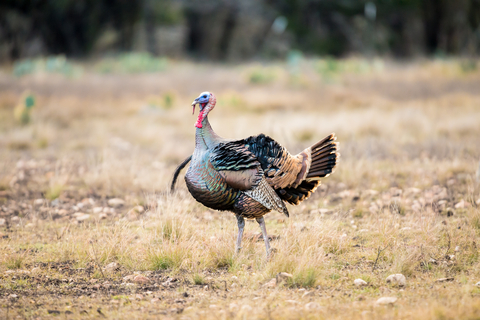
Photo credit: Dreamstime
-
Turkey Files
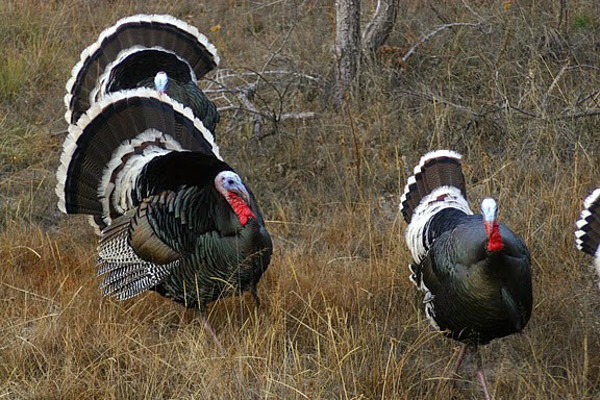
Photo credit: GS Safari
-
Turkey Files
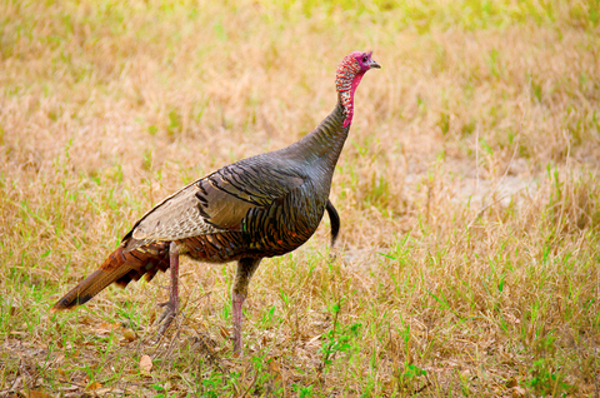
Photo credit: Dreamstime
-
Turkey Files
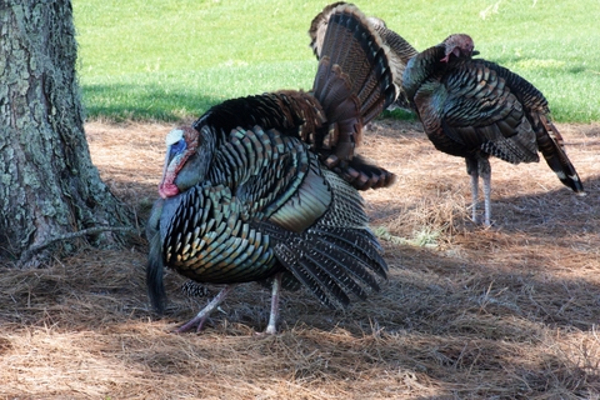
Photo credit: Dreamstime
-
Turkey Files
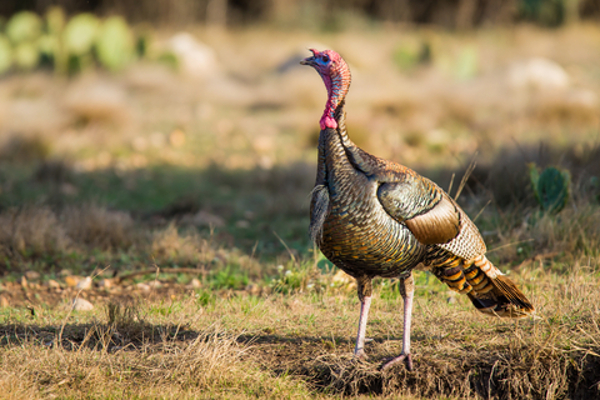
Photo credit: Dreamstime
-
Turkey Files

Photo credit: Flickr CC
-
Turkey Files
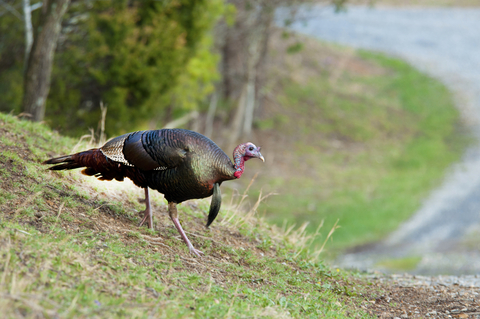
Photo credit: Dreamstime
-
Turkey Files
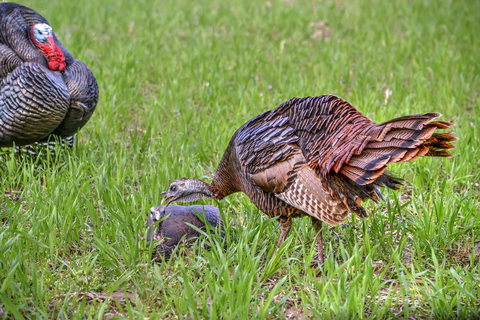
Photo credit: Dreamstime
-
Turkey Files
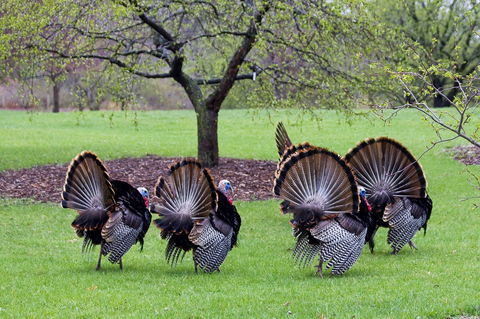
Photo credit: Dreamstime
-
Turkey Files
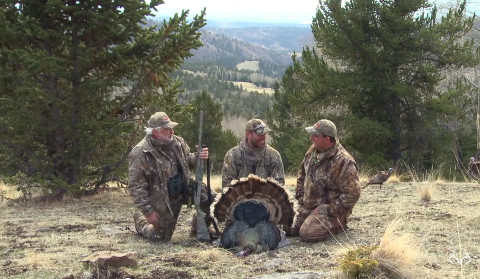
Photo credit: Youtube
-
Turkey Files
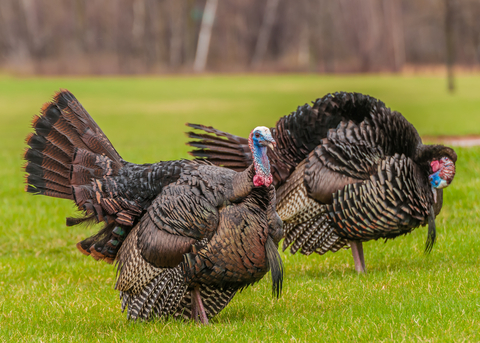
Photo credit: Dreamstime
-
Turkey Files

Photo credit: Dreamstime
